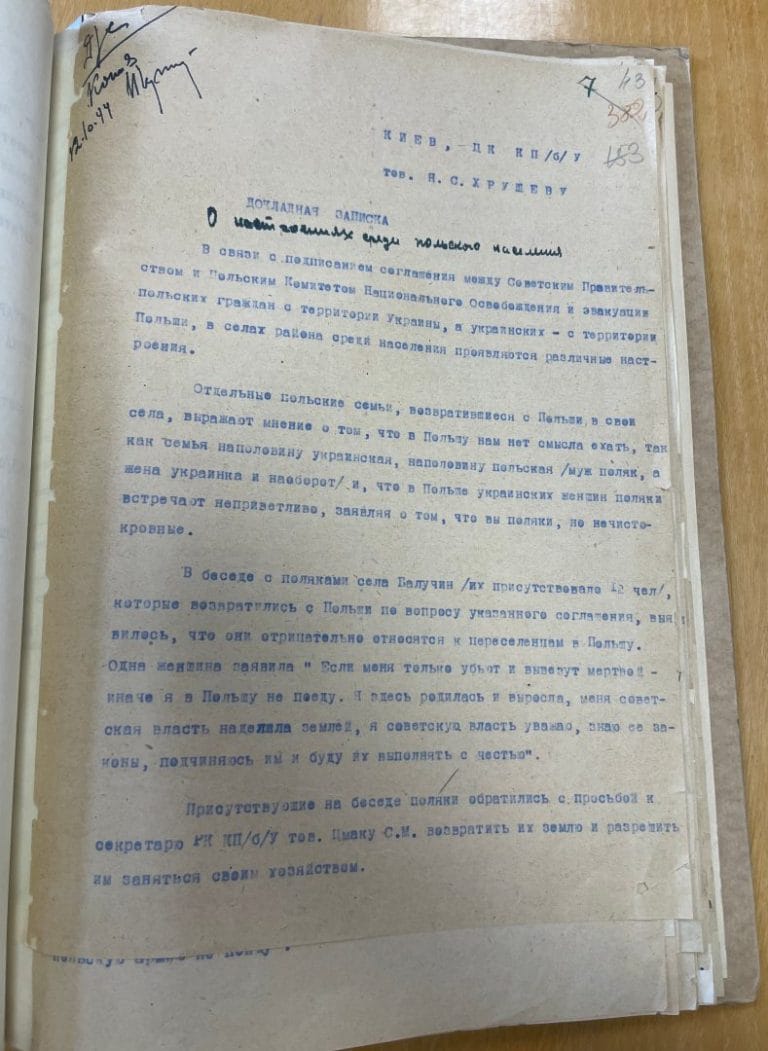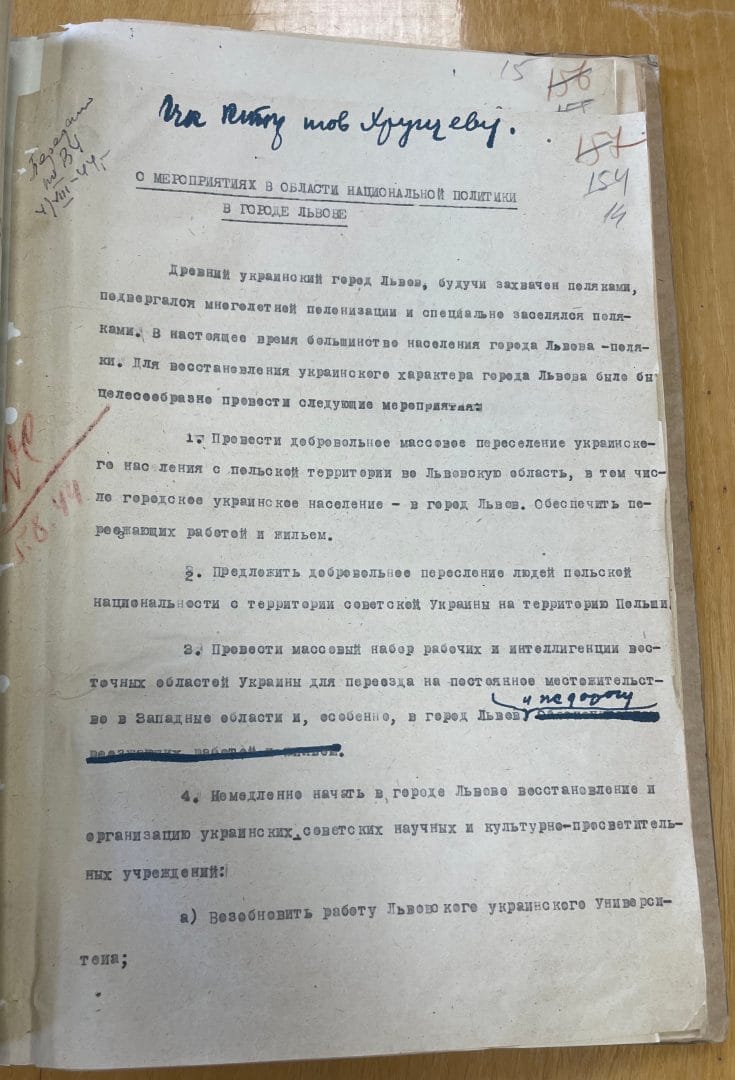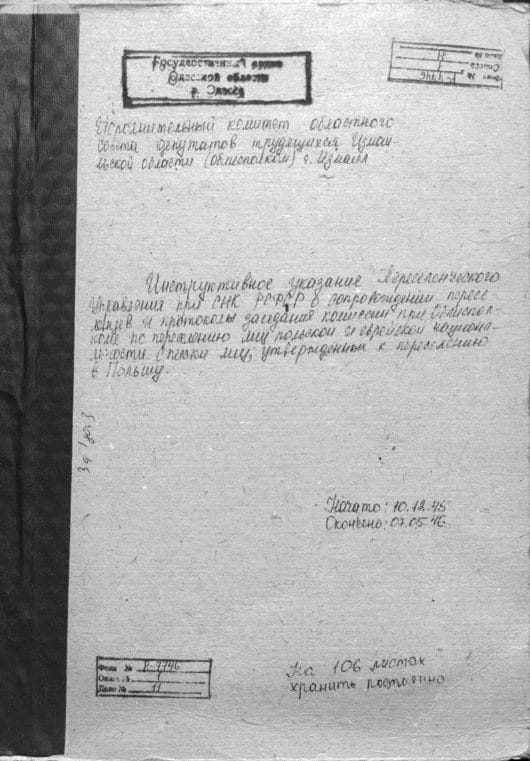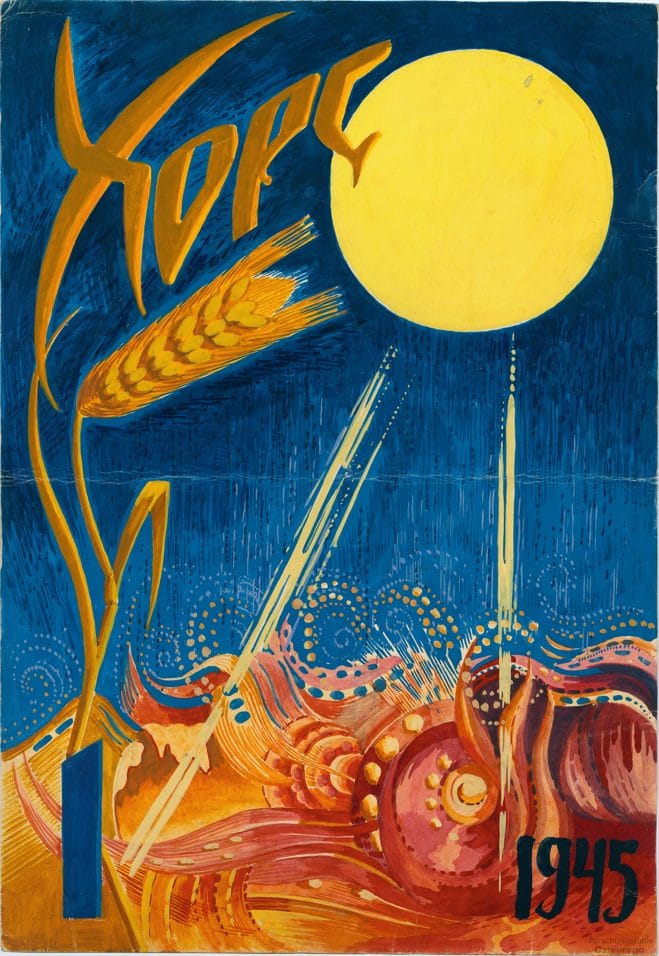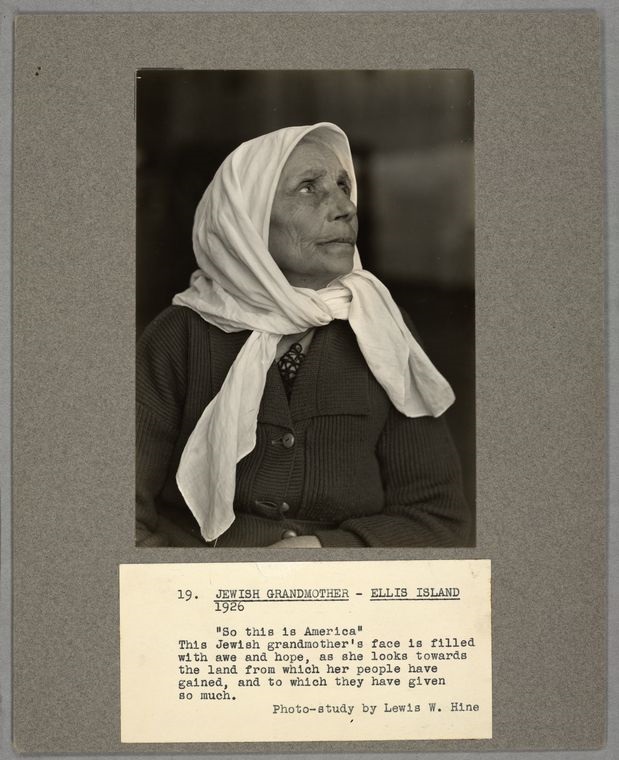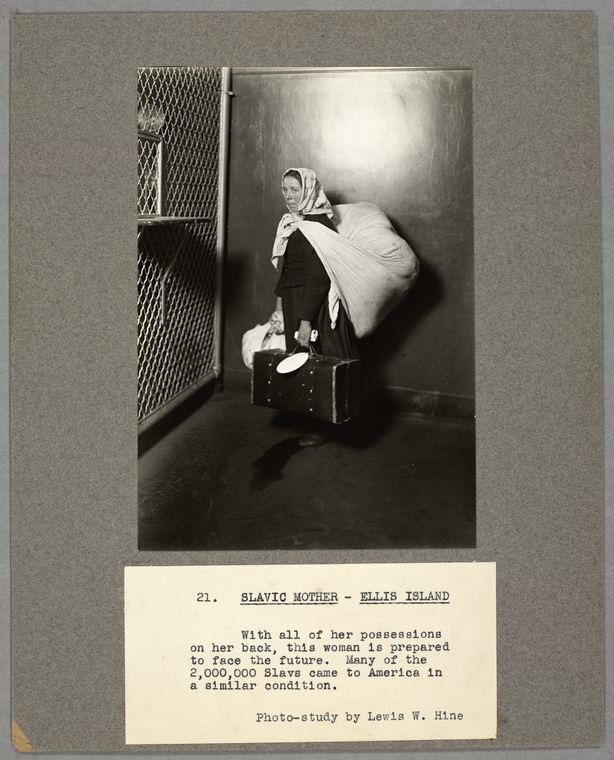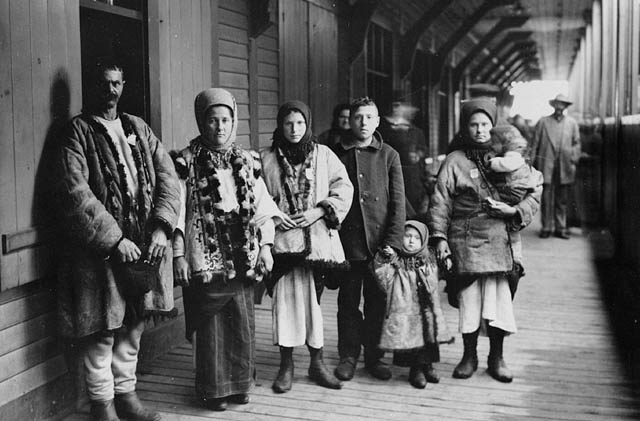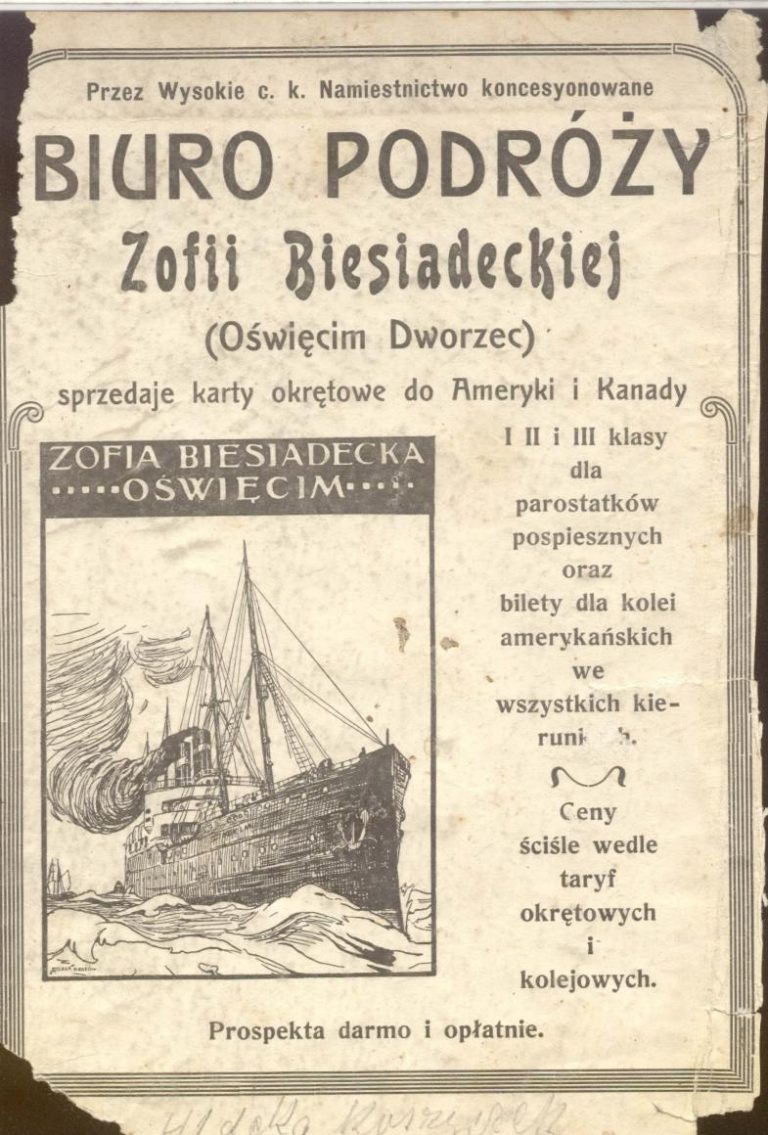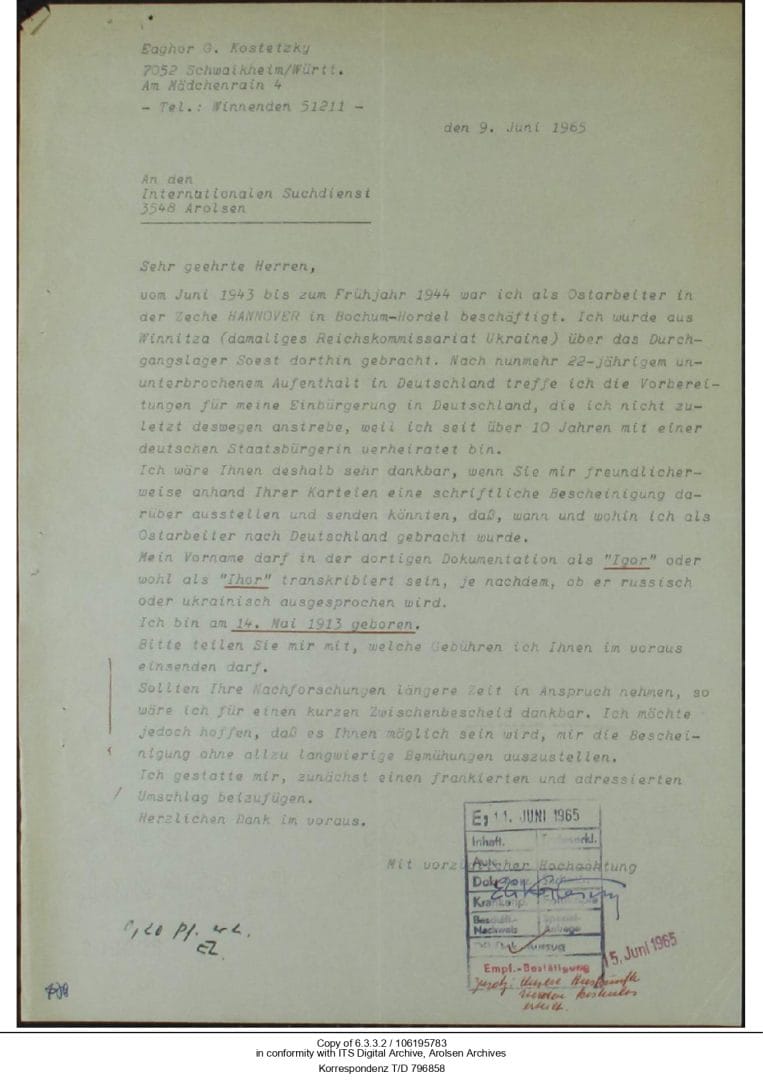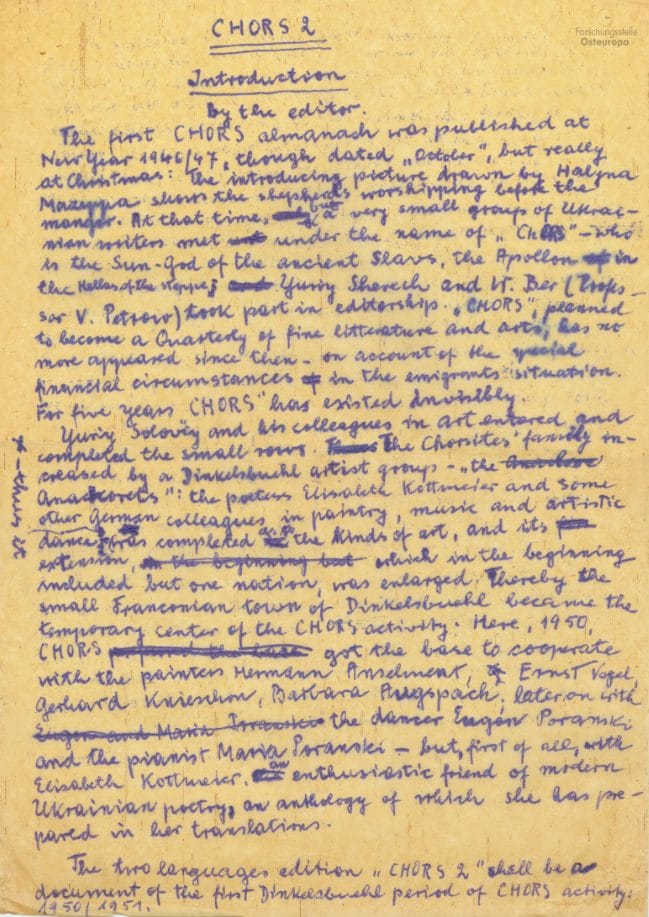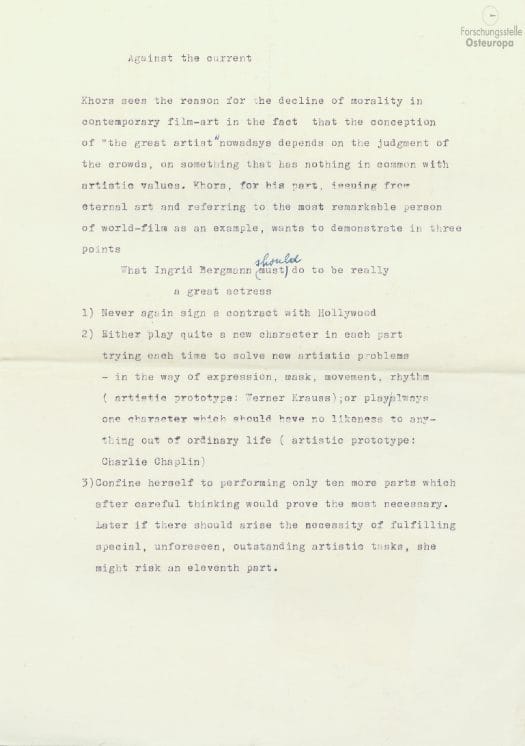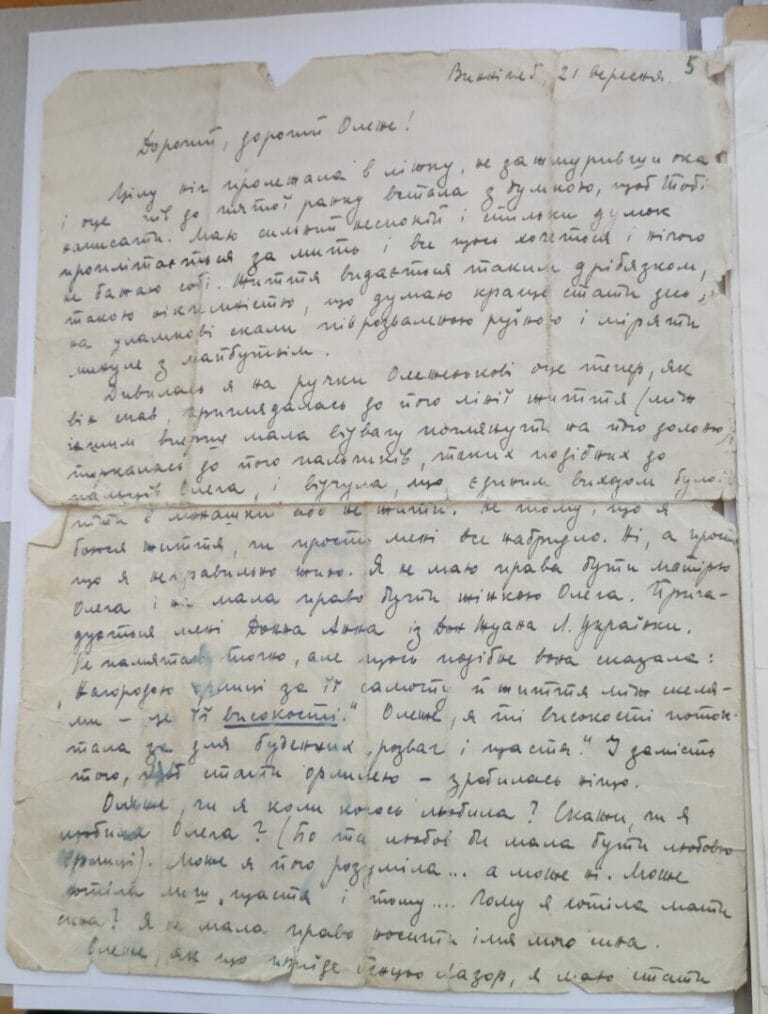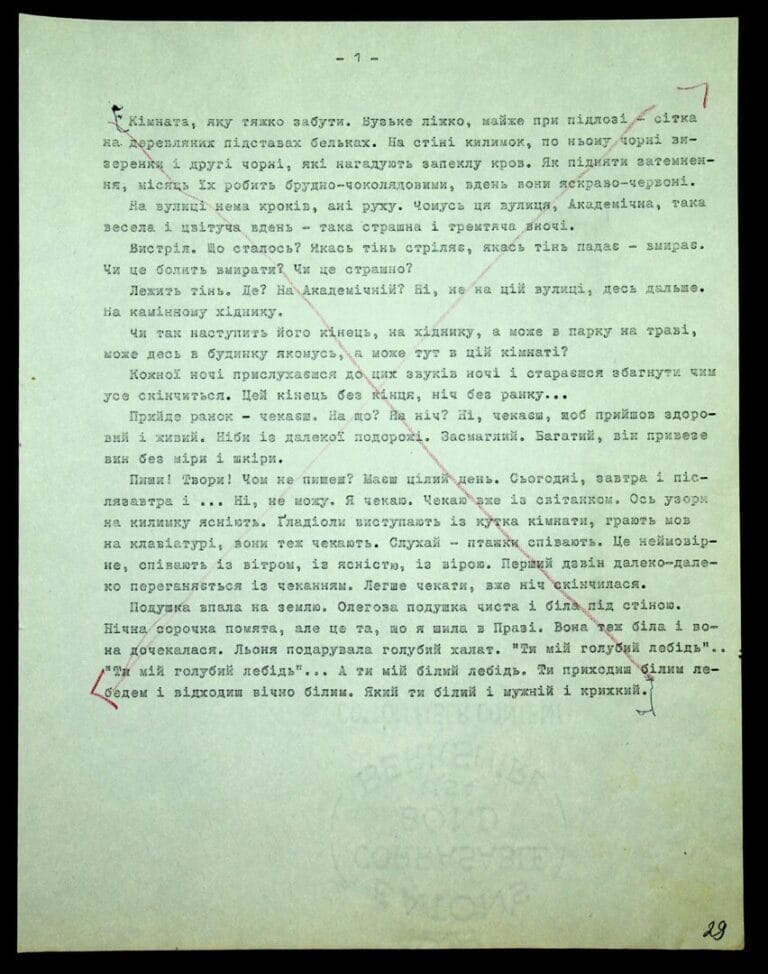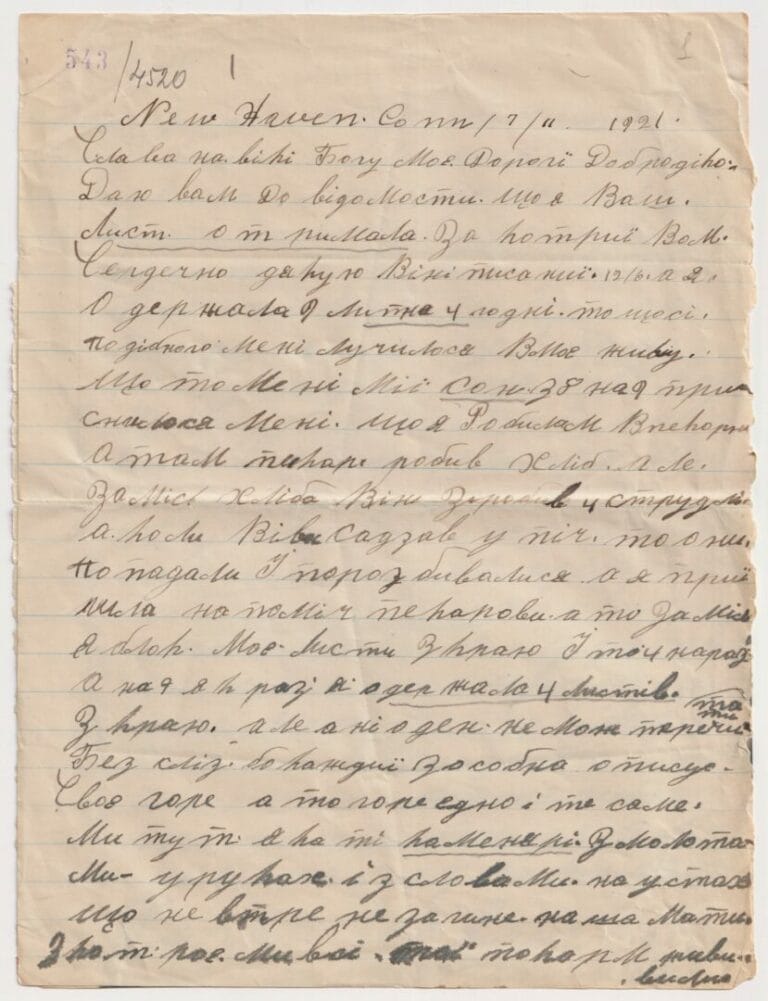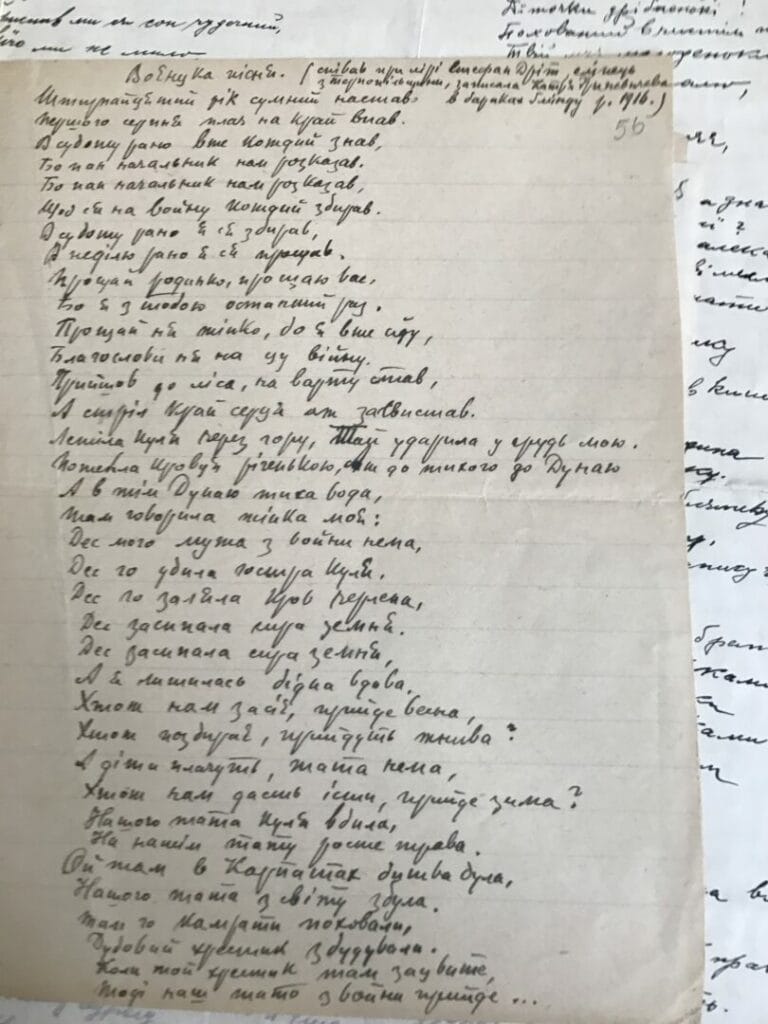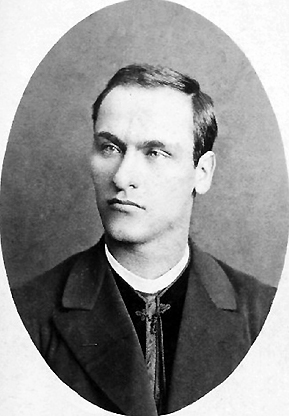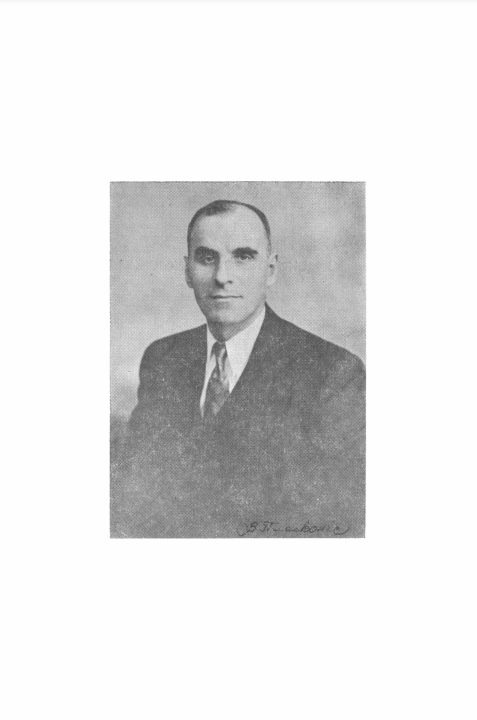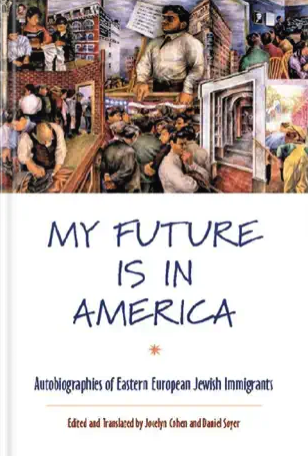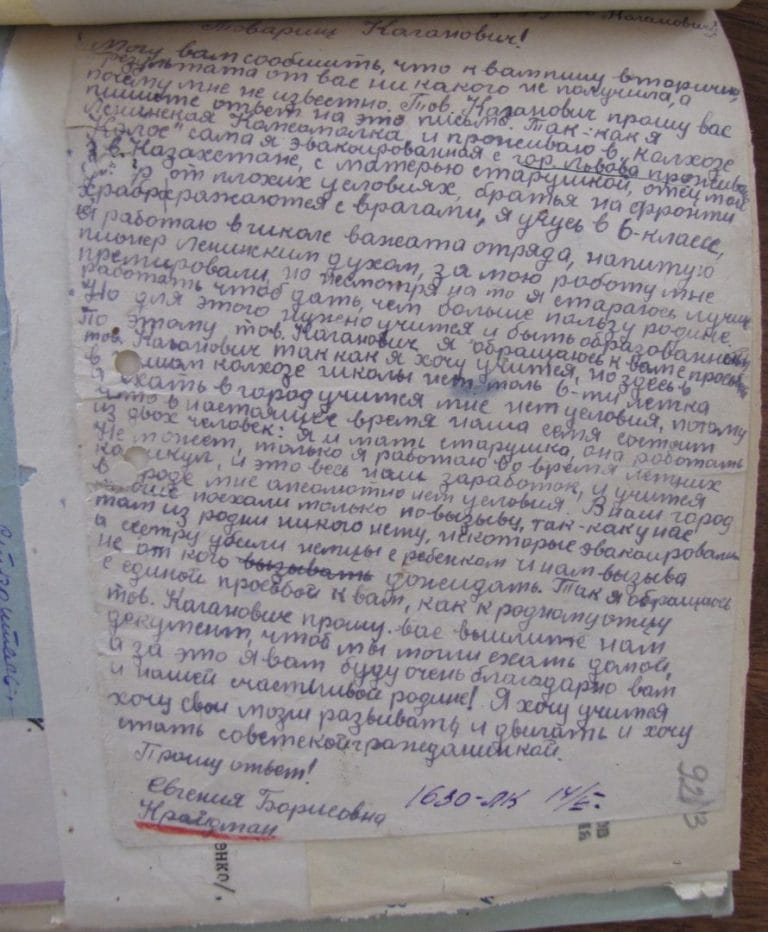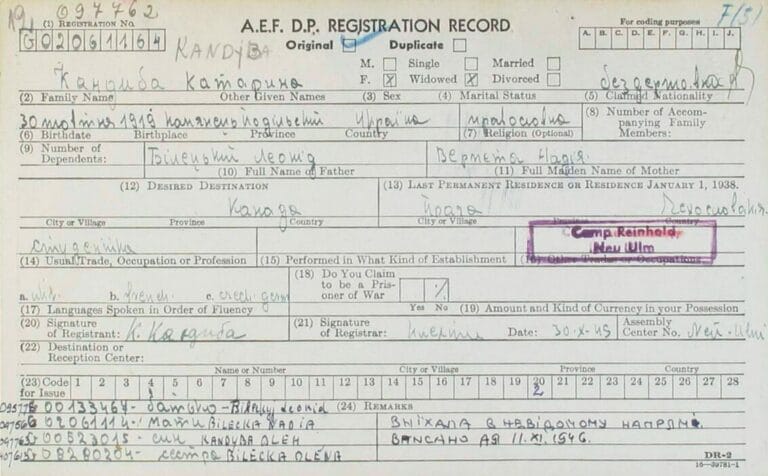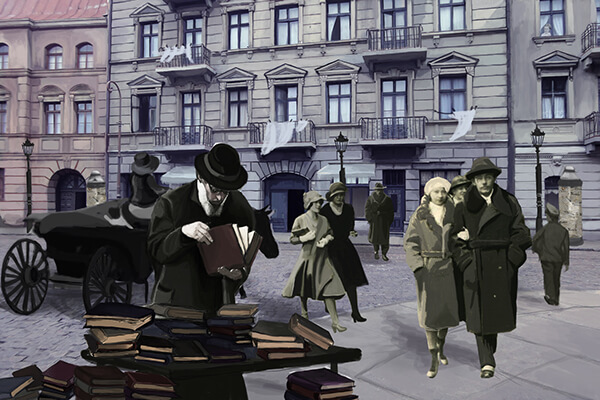Displacement
Migration describes the movement of people away from their area of usual habitation, which can be transnational (across an international border) or internal (within a state or area). Compared to migration, displacement is often the forced movement of persons who have been made to flee their homes or places of residence, in particular, because of armed conflict or violence. In 2022, the United Nations High Commissioner for Refugees estimates that 108.4 million people worldwide were forcibly displaced because of oppression, war, violence, rights violations, climate changes or ecocide among other crises. In modern times, transnational migration, and the displacement of people caused by wars, has shifted borders and changed the demography of countries in East-Central Europe. Our Educational Platform offers a range of resources that shed light on the history of migration, property looting, mass deportations, stories of return, and evolving concepts of home. Migration and displacement have always existed and will continue to exist, but history can help us to understand how the movement of groups of people have shaped the world in which we are living now.
Primary Sources
